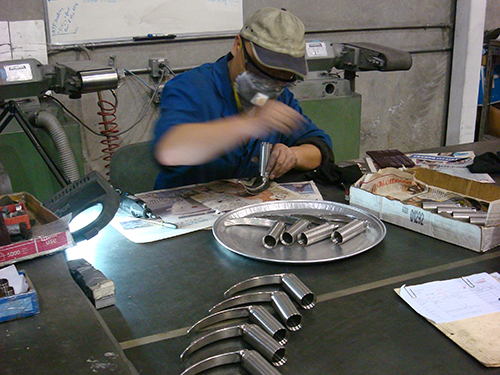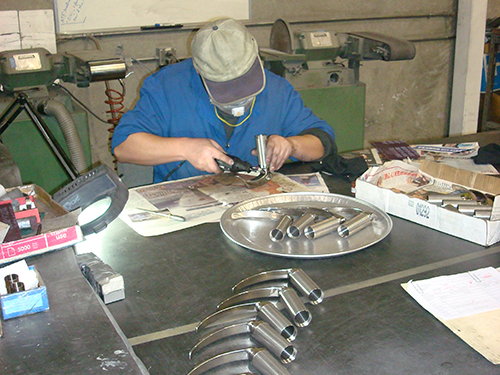There are plenty of factors that can slow the process for developing medical devices. Depending on the device and its function, verification may be required to meet regulatory requirements for health and safety standards. Many factors add time and cost to the process, which is why developers must seize every opportunity to speed up development and ensure precision and consistency while also controlling costs.
3D CAD model. The process was quick, automated, and inexpensive, but had several shortcomings when compared to machining.
First, because the parts were created in layers, they typically had rough surfaces that had to be either tolerated or corrected using a secondary process. Layered parts didn’t have the strength possessed by parts that either began with solid stock, as machining did, or were solidly fused by molding. More importantly, each of the additive processes supported a very limited palette of plastic resins. This not only precluded the possibility of making metal parts, it also presented challenges for plastic parts. Unless the process’s material happened to match the intended production resin, it ruled out the possibility of doing serious functional testing for durability, chemical resistance, electrical and insulating characteristics, and temperature tolerance, all of which depend on the material from which a part is made.
Some of these characteristics can be particularly important in medical applications, and considering the stakes for both developers and users of medical devices, not to mention regulatory demands, rigorous testing using actual production materials makes sense.
The manufacture of medical implants and prostheses requires high-precision machining with short machining times that must produce perfect surfaces. This high-precision, high-speed cutting is based on an integrated, high-performance CNC solution that covers the creation of CAD/CAM data, straightforward programming, set-up on the CNC, suitable probes and high-precision milling with innovative tools. High-speed cutting is technically very demanding, precisely because of the high speeds involved. The CNC solutions for these types of milling tasks have correspondingly high spindle speeds and feed rates. These features are essential for the manufacturing of tooth and bone implants, bone screws, and hip prostheses.
Hello Amir! The aluminum pull block arrived and it’s now being used. I’m very happy with the result, thank you!………Fabio Medical Company


